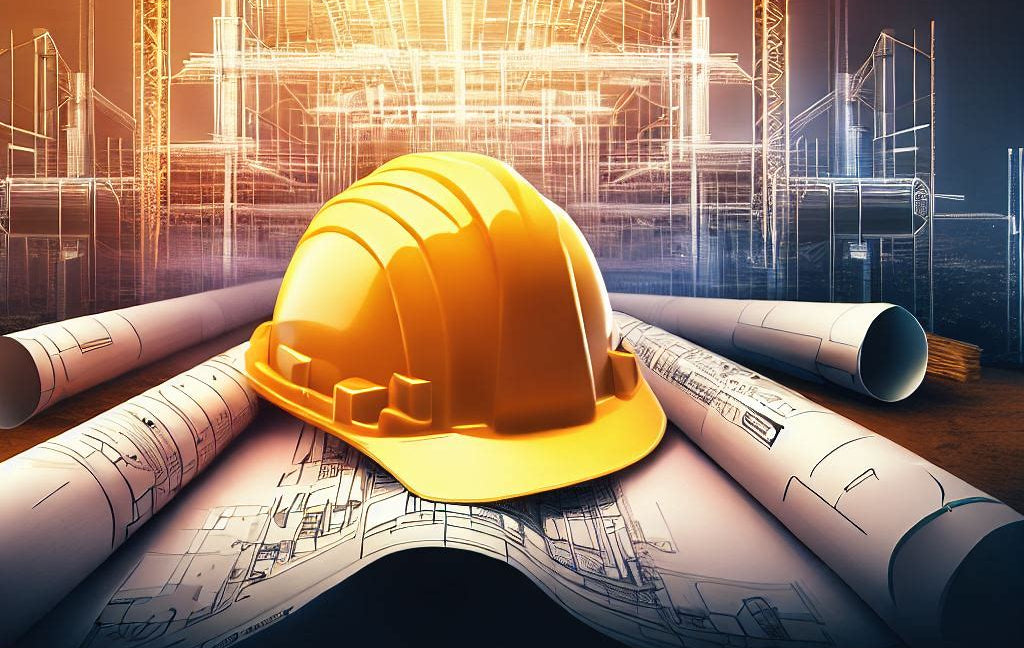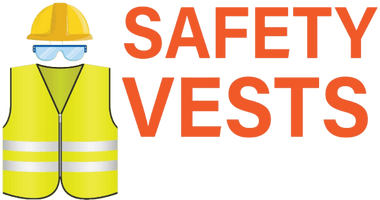
A Century of Head Protection: The Fascinating Evolution of Hard Hats
For over a century, hard hats have stood as unwavering guardians, ensuring the safety of workers in diverse industries. From their humble beginnings in 1919, when steamed canvas and glue gave birth to the first Hard Boiled Hat, to the iconic aluminum helmets worn during the construction of the Golden Gate Bridge, hard hats have continuously evolved, improving both comfort and safety. Join us on a journey through time as we explore the fascinating history and advancements in hard hat technology.
The Origins
From Tarred Caps to Hard Boiled Hats Before the advent of hard hats, shipyard workers devised a crude form of head protection by smearing tar on their caps, allowing them to dry and harden under the sun. This practice aimed to shield against falling objects and even the mischievous aerial antics of seagulls. However, the true revolution came in 1919 with the introduction of the Hard Boiled Hat, featuring a steamed canvas and glue construction.
Anatomy of a Hard Hat
Protection and Design Today's hard hats consist of a tough shell typically made of HDPE (High-Density Polyethylene). Two popular styles exist: the full-brim hard hat and the cap-style hard hat, the latter resembling a baseball cap with a small brim. Full-brim hard hats offer added shade and rain deflection, while cap-style hard hats provide sun and rain protection for the eyes. The suspension system, which raises the hard hat off the head by at least 1" to 1 ¼", plays a crucial role in absorbing and dissipating impact. It's important to avoid placing anything between the suspension and the helmet to ensure optimal protection.
Decoding Hard Hat Colors : More Than Meets the Eye
While there are no universal rules for hard hat color codes, certain colors can hold significance on construction sites. For instance, white hard hats are often worn by managers, architects, engineers, and supervisors, while blue or orange ones are associated with carpenters, technical advisors, and temporary employees. Green hard hats may indicate a safety inspector or new worker, while brown fiberglass hats are typically worn by welders or those in high-heat applications. Additionally, orange hard hats are commonly used for road crews, new workers, or visitors, while pink hard hats serve as loaners for forgetful individuals.
Where Hard Hats are Essential : Safety First
The significance of hard hats in ensuring worker safety was underscored during the construction of the iconic Golden Gate Bridge. Chief engineer Joseph Strauss prioritized safety, implementing mandatory compliance measures to minimize fatalities. This groundbreaking project set the stage for future safety regulations. Today, organizations like OSHA (Occupational Safety and Health Administration) ensure that hard hats are required in specific conditions, such as potential falling objects, head impact risks, or electrical hazards. Employers must provide ANSI-compliant head protection when these hazards are present.
Choosing the Right Hard Hat : Types and Classes
Selecting the appropriate hard hat depends on the job and work environment. Hard hats are classified into types and classes. Type I hard hats shield workers from objects and blows coming from above, while Type II hard hats provide additional protection against lateral and top-of-the-head impacts. Classes indicate the level of protection against electrical hazards, with Class G offering protection up to 2,200 volts, Class E up to 20,000 volts, and Class C designed solely for head impact protection.
Caring for Your Hard Hat : Safety and Maintenance
To maximize the lifespan of your hard hat and ensure its effectiveness, proper care is essential. Regular inspections for cracks, dents, and signs of wear are crucial. If any component is damaged or the hard hat sustains an impact, it should be replaced immediately, even if the damage is not visible. Hard hats should be stored out of direct sunlight when not in use, cleaned with mild soap and water, and never altered or engraved. Using accessories like hoods, winter liners, and bandanas is acceptable as long as they fit smoothly on top of the hard hat and do not contain metal parts.
Embracing Innovation : The Modern Hard Hat
In today's world, hard hats have undergone remarkable advancements, prioritizing comfort, customization, and balance. Ventilated hard hats, lightweight carbon fiber models, and hard hat accessories such as lights, face shields, hearing protection, and chin straps offer workers an array of choices. Manufacturers continually strive to meet the evolving needs of safety-conscious professionals.
Conclusion: The journey of hard hat safety spans more than a century, witnessing remarkable transformations in design, materials, and functionality. From its humble beginnings to its indispensable status in various industries today, the hard hat remains a symbol of protection and a testament to human ingenuity. As we continue to prioritize worker safety, let us remember the incredible evolution of this iconic headgear, constantly pushing the boundaries of comfort and protection.
By providing this comprehensive guide to hard hat safety, we aim to equip workers, employers, and safety enthusiasts with the knowledge necessary to make informed decisions and create safer work environments. Remember, when it comes to head protection, it's essential to choose the right hard hat for the job and prioritize regular inspections and proper maintenance.
If you're in need of high-quality hard hats and related accessories, Safety Vests And More offers a wide selection to ensure the utmost safety for you and your team. Explore our range of hard hats today and experience the evolution of head protection firsthand.
